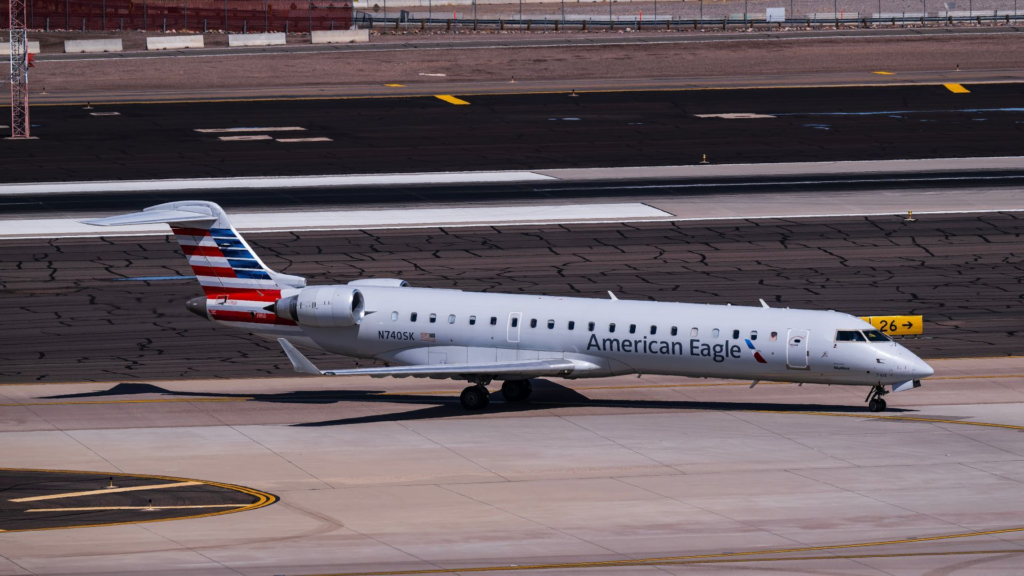CNN is reporting that families of victims from the January 29, 2025, midair collision near Washington, D.C., have filed a federal lawsuit against American Airlines, its regional subsidiary PSA Airlines, the US Army, and the FAA. The suit claims negligence and systemic failure by all defendants in the tragic crash over the Potomac River, which killed 67 people. The lawsuit, filed in the US District Court in Washington, seeks accountability and compensation from those involved.
According to the complaint, American and PSA Airlines are accused of abusing the arrival rate system at Reagan National Airport, forcing more arrivals than safety margins allowed. The Army is alleged to have flown the Black Hawk helicopter above its authorized altitude, and the FAA is blamed for failing to ensure aircraft separation and issue timely safety alerts. The plaintiffs assert these combined failures made the crash “wholly avoidable.”
The Filed Allegations Against American And The Army
The lawsuit argues the defendants negligently allowed the known risk to persist. Plaintiffs cite over 30 documented near-misses in the D.C. corridor prior to the crash, suggesting that systemic airspace congestion and controller warnings were ignored rather than addressed.
Specifically, the complaint claims that the Army helicopter operated above its mandated altitude, encroaching on the airway used by the commercial approach. At the same time, it alleges that air traffic control failed to maintain minimum separation and failed to issue critical alerts when aircraft came into unsafe proximity.
On American’s side, the lawsuit focuses on its use of the arrival rate system. The plaintiffs claim that American (and PSA) manipulated scheduling to push more flights into constrained DCA airspace, reducing buffer margins and increasing collision risk. This, according to the suit, compounded the failures of the Army and FAA.
The Background Of The Flight
AA5342, operated by PSA for American, was on final approach to
Preliminary findings and media reporting show the crash occurred seconds before landing, in a heavily used airspace with limited vertical separation between standard helicopter routes and fixed-wing arrival paths. The helicopter is alleged to have been flying above its published altitude corridor, placing it into the approach path of the CRJ aircraft.
|
Flight |
Aircraft |
Occupants |
|---|---|---|
|
AA5342 |
N709PS Bombardier CRJ-700 |
64 (4 Crew, 60 Passengers) |
|
PAT25 |
00-26860 Sikorsky UH-60L Black Hawk |
3 (All Crew) |
The NTSB has noted that the airspace around DCA is complex and tightly managed. The crash is the deadliest U.S. commercial aviation accident in over 20 years and has already prompted the FAA to restrict nearby helicopter flights. The lawsuit adds pressure on the government entities to accelerate reforms and accountability as the investigation proceeds.
Implications For The Industry
If the lawsuit succeeds, it could establish stronger liability precedents for airlines, the FAA, and military operators in mixed-use airspace. Courts may request more conservative scheduling and altitude enforcement, and impose stricter oversight on arrival management systems in congested airports.
The case also highlights the tension between maximizing airport throughput and preserving safety margins. Airlines pushing arrival rates into constrained airspaces may be vulnerable to claims that they compromised margins too aggressively. With congestion and demand both rising, similar vulnerabilities may appear in other cities with helicopter traffic or overlapping routes.
Finally, the lawsuit may spur regulatory changes. The FAA and Congress could come under pressure to revise helicopter routes, altitude corridors, integration protocols between military and civilian flights, and enforcement of separation rules. The crash and subsequent legal actions might become a catalyst for the long-awaited modernization of D.C.-area airspace and stricter operational standards.


